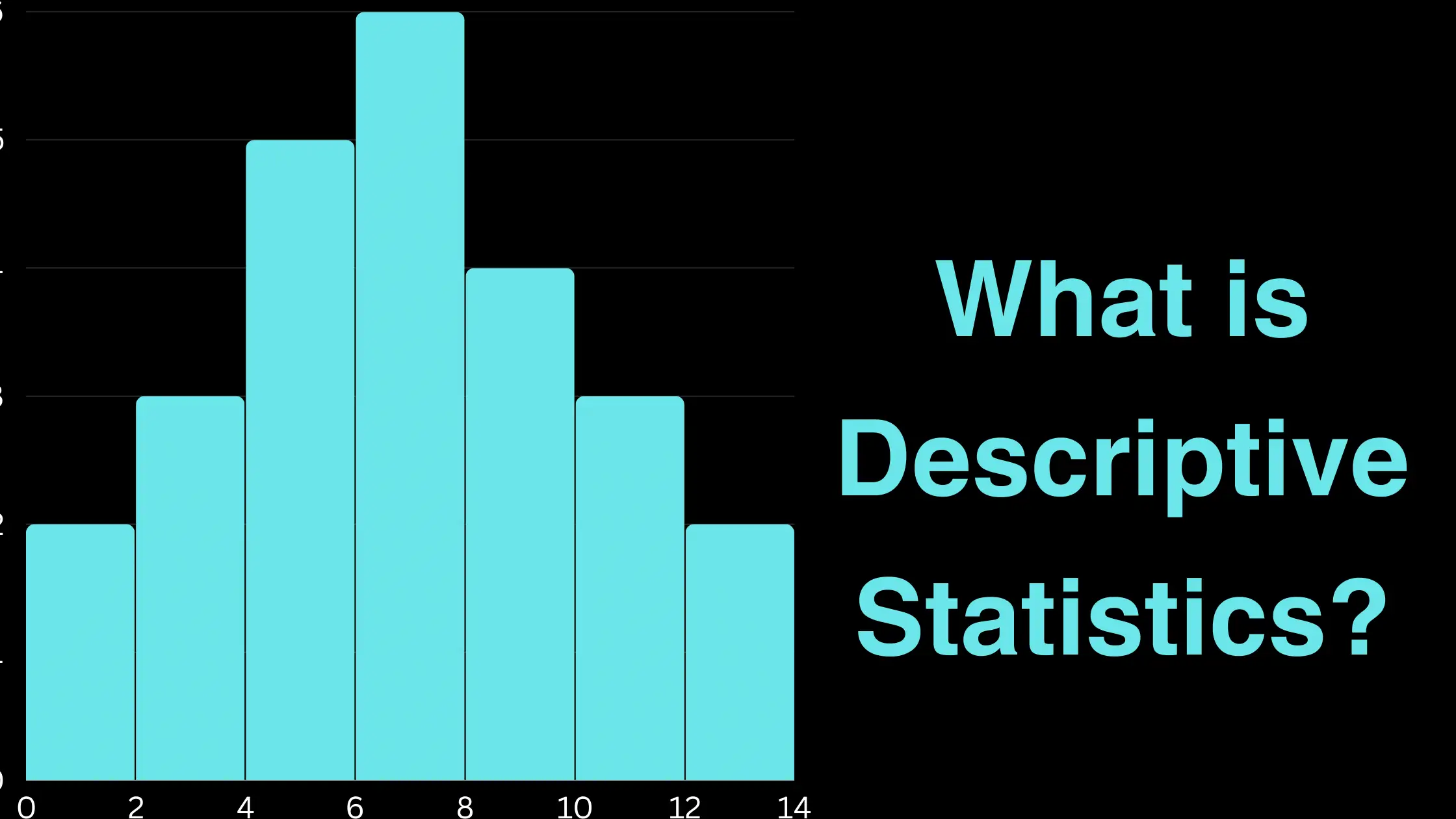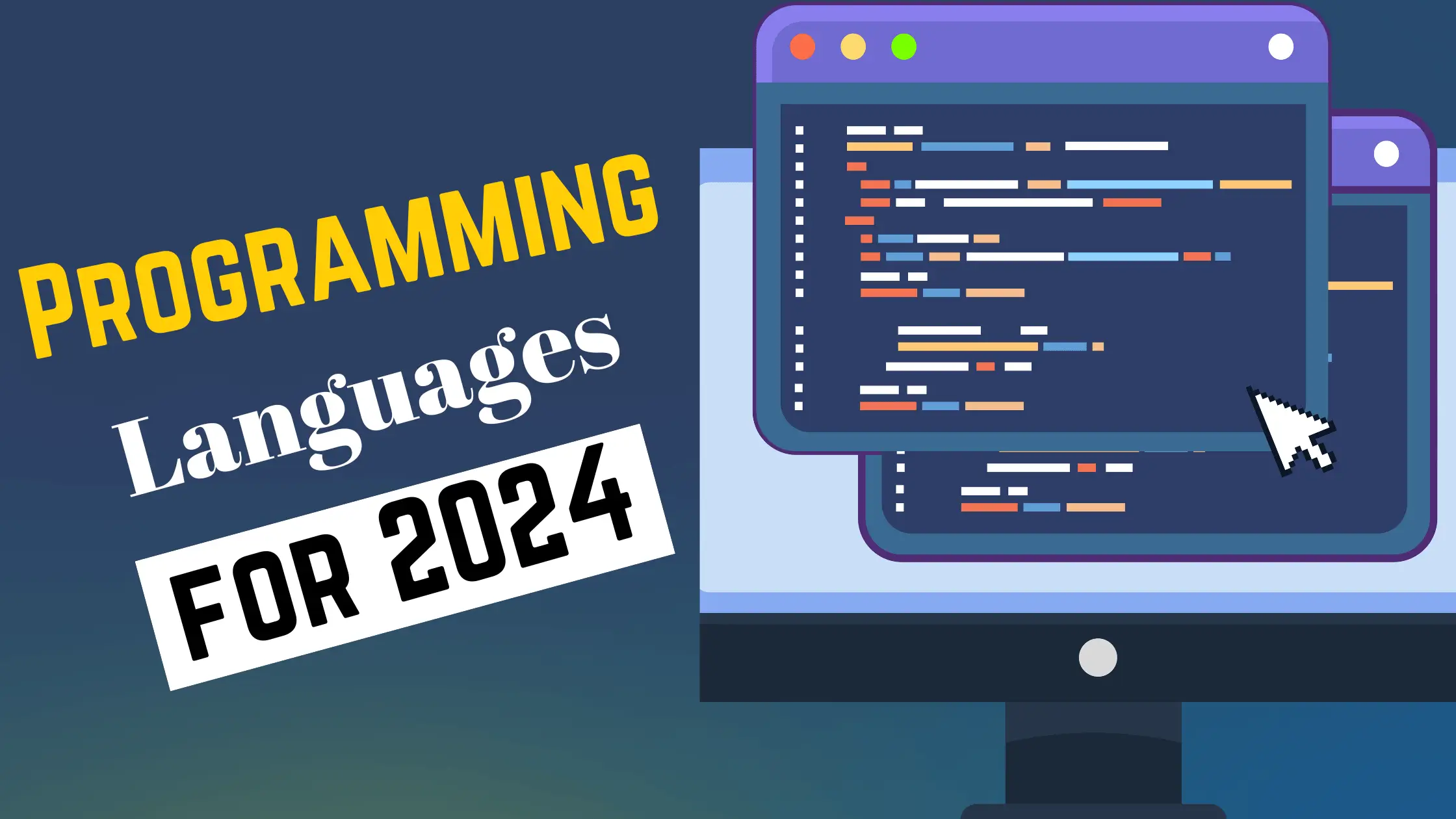In Java, an Iterator is an object that enables traversing through a collection, obtaining or removing elements. An Iterator is obtained from a collection by calling the iterator() method. There are two main types of iterators in Java: fail-fast and fail-safe.
A key characteristic of an iterator is that it maintains a current position in the collection as elements are traversed. The hasNext() method can be used to check if there are more elements to iterate over, and the next() method returns the next element and advances the iterator position.
Iterators also support an optional remove() operation for removing the last element returned by next() from the underlying collection. Not all iterators support element removal though.
Common Methods of the Iterator Interface
The java.util.Iterator interface defines the primary methods that all iterators provide:
boolean hasNext()– Returns true if the iteration has more elements, false otherwise.E next()– Returns the next element in the iteration. ThrowsNoSuchElementExceptionif no more elements exist.default void remove()– Removes from the underlying collection the last element returned by this iterator. ThrowsUnsupportedOperationExceptionif removal is not supported.
Let’s now dive into the key differences between fail-fast and fail-safe iterators, examining how they behave differently, especially when the underlying collection is structurally modified during iteration.
Fail-Fast Iterator
A fail-fast iterator immediately throws a ConcurrentModificationException if there is a structural modification to the underlying collection by any means other than the iterator’s own remove() method. Fail-fast iterators operate directly on the collection itself.
Characteristics of Fail-Fast Iterators
- Fail-fast iterators throw a
ConcurrentModificationExceptionif the underlying collection is modified while the iteration is in progress, other than by calling the iterator’s ownremove()method. - They operate directly on the original collection and throw an exception if the collection changes while iterating.
- Fail-fast iterators are not thread-safe. If multiple threads attempt to modify a collection being iterated over, it can lead to unpredictable behavior and exceptions. Explicit synchronization is needed when using fail-fast iterators in a multi-threaded context.
- Examples of fail-fast iterators include those returned by
HashMap,ArrayList, andHashSet.
Why Fail-Fast?
The intention behind a fail-fast iterator is to proactively detect and prevent unpredictable behavior caused by concurrent modification. By immediately throwing an exception, it alerts that the collection’s state has become inconsistent during iteration.
Fail-fast iterators prioritize safety over resilience. They avoid silently processing a structurally modified collection, as that could result in nondeterministic behavior, infinite loops, or inaccurate processing depending on when the changes occur.
While failing fast interrupts execution, it surfaces issues promptly instead of deferring error discovery or returning a partial result. This supports a “fail fast and loudly” philosophy emphasizing the early detection of potentially unsafe operations.
Example of Fail-Fast Iterator
Here’s an example demonstrating the fail-fast behavior of a HashMap‘s iterator:
Map<String, Integer> map = new HashMap<>();
map.put("A", 1);
map.put("B", 2);
map.put("C", 3);
Iterator<String> iterator = map.keySet().iterator();
while (iterator.hasNext()) {
String key = iterator.next();
System.out.println(key + ": " + map.get(key));
// Structural modification to the map
if (key.equals("A")) {
map.put("D", 4);
}
}This code will throw a ConcurrentModificationException when the iterator reaches the key “A” and the map is structurally modified by adding a new key-value pair “D” -> 4. The fail-fast iterator detects the concurrent modification and fails immediately.
Handling ConcurrentModificationException
When using fail-fast iterators, it’s important to handle or propagate ConcurrentModificationException appropriately. Here are a few strategies:
- Avoid concurrent modification: Ensure that the collection is not modified by any other means while being iterated. This can be achieved through proper synchronization or by using thread-safe collection alternatives.
- Catch and handle the exception: Surround the iteration code with a try-catch block to catch
ConcurrentModificationException. Implement appropriate error handling or recovery logic based on your application’s requirements. - Use an alternative iteration mechanism: Consider using other iteration approaches that are more resilient to concurrent modification, such as fail-safe iterators or concurrent collection classes.
Remember, the specific handling approach depends on your use case and the criticality of the iteration operation.
Fail-Safe Iterator
A fail-safe iterator, on the other hand, operates on a copy or snapshot of the collection, allowing concurrent modifications to the original collection without throwing exceptions. Fail-safe iterators prioritize resilience and continue iterating over the elements that were present at the time the iterator was created, even if the underlying collection is modified.
Characteristics of Fail-Safe Iterators
- Fail-safe iterators do not throw a
ConcurrentModificationExceptionif the underlying collection is modified during iteration. - They operate on a separate copy or snapshot of the collection, insulating the iterator from concurrent modifications to the original collection.
- Fail-safe iterators are thread-safe and can be used in multi-threaded environments without explicit synchronization.
- Examples of fail-safe iterators include those returned by
ConcurrentHashMapandCopyOnWriteArrayList.
How Fail-Safe Iterators Work
Fail-safe iterators achieve their resilience by operating on a snapshot or clone of the collection at the time the iterator is created. This snapshot captures the state of the collection at that specific point in time.
As the iterator progresses, it iterates over the elements in the snapshot, regardless of any modifications made to the original collection. This means that the iterator may not reflect the most up-to-date state of the collection, but it guarantees a consistent view of the elements as they were when the iteration began.
It’s important to note that while fail-safe iterators don’t throw ConcurrentModificationException, they may not always provide a real-time view of the collection if it undergoes modifications during iteration.
Example of Fail-Safe Iterator
Here’s an example demonstrating the fail-safe behavior of a ConcurrentHashMap‘s iterator:
ConcurrentMap<String, Integer> map = new ConcurrentHashMap<>();
map.put("A", 1);
map.put("B", 2);
map.put("C", 3);
Iterator<String> iterator = map.keySet().iterator();
while (iterator.hasNext()) {
String key = iterator.next();
System.out.println(key + ": " + map.get(key));
// Structural modification to the map
if (key.equals("A")) {
map.put("D", 4);
}
}In this case, the iterator obtained from the ConcurrentHashMap is fail-safe. Even though the map is modified by adding a new key-value pair “D” -> 4 while iterating, the iterator continues without throwing a ConcurrentModificationException. The iterator operates on a snapshot of the map’s state at the time it was created.
Trade-offs of Fail-Safe Iterators
While fail-safe iterators provide resilience against concurrent modifications, they come with some trade-offs:
- Snapshot overhead: Creating a snapshot or clone of the collection for iteration incurs additional memory overhead. This can be significant for large collections.
- Stale data: Since fail-safe iterators operate on a snapshot, they may not reflect the most recent changes made to the collection. The iterator’s view of the data may be stale if modifications occur after the snapshot is created.
- Inconsistency: If multiple fail-safe iterators are created on the same collection at different points in time, they may have inconsistent views of the collection’s state due to concurrent modifications.
It’s essential to consider these trade-offs when deciding whether to use fail-safe iterators in your application.
Real-World Scenarios and Considerations
Choosing Between Fail-Fast and Fail-Safe Iterators
The choice between using fail-fast or fail-safe iterators depends on your specific use case and requirements. Here are some factors to consider:
- Concurrency: If your application involves concurrent access to collections, fail-safe iterators provide thread safety without the need for explicit synchronization. Fail-fast iterators, on the other hand, require proper synchronization to avoid exceptions in multi-threaded scenarios.
- Consistency: If you require a consistent and up-to-date view of the collection during iteration, fail-fast iterators are more suitable. They immediately detect and fail on concurrent modifications, ensuring that the iteration operates on a consistent state. Fail-safe iterators may provide a stale view of the data if modifications occur after the snapshot is created.
- Performance: Fail-fast iterators generally have better performance compared to fail-safe iterators. Creating a snapshot for fail-safe iteration incurs additional overhead, especially for large collections. Fail-fast iterators operate directly on the collection, avoiding the need for extra memory and potentially offering faster iteration.
- Error handling: With fail-fast iterators, you need to handle or propagate
ConcurrentModificationExceptionappropriately. This can add complexity to your code but also ensures that exceptional situations are dealt with explicitly. Fail-safe iterators do not throw exceptions, allowing the iteration to proceed without interruption.
Consider these factors and align your choice with your application’s specific needs and constraints.
Using Concurrent Collection Classes
Java provides several concurrent collection classes that offer thread-safe operations and fail-safe iterators out of the box. These include ConcurrentHashMap, CopyOnWriteArrayList, and ConcurrentSkipListMap, among others.
These classes are designed to handle concurrent access and modifications efficiently. They often use sophisticated locking mechanisms or copy-on-write semantics to ensure thread safety and provide fail-safe iterators.
When working with concurrent collections, you can typically iterate over them safely without the need for explicit synchronization. The iterators returned by these classes are fail-safe, allowing concurrent modifications to the collection without throwing exceptions.
However, keep in mind that using concurrent collections comes with its own trade-offs, such as potential performance overhead and memory consumption. Evaluate your specific requirements and performance considerations when deciding whether to use concurrent collections.
Modifying Collections During Iteration
In general, it’s recommended to avoid modifying a collection while iterating over it, regardless of whether you’re using a fail-fast or fail-safe iterator. Modifying the collection during iteration can lead to unpredictable behavior and make the code harder to reason about.
If you need to modify a collection during iteration, consider the following approaches:
- Use the iterator’s
remove()method: If you’re using a fail-fast iterator and need to remove elements during iteration, use the iterator’s ownremove()method instead of modifying the collection directly. This ensures that the iterator’s state remains consistent with the underlying collection. - Collect elements to modify: Instead of modifying the collection during iteration, collect the elements that need to be modified in a separate collection. After the iteration is complete, modify the original collection based on the collected elements.
- Use concurrent collection classes: If concurrent modifications are unavoidable, consider using concurrent collection classes that are designed to handle concurrent access and modifications safely.
Remember, modifying a collection during iteration can introduce complexities and potential bugs. It’s generally cleaner and safer to separate the iteration logic from the modification logic when possible.
Best Practices and Guidelines
Handling ConcurrentModificationException
When using fail-fast iterators, it’s crucial to handle ConcurrentModificationException appropriately. Here are some guidelines:
- Catch the exception: Surround the iteration code with a try-catch block to catch
ConcurrentModificationException. This allows you to handle the exception gracefully and prevent it from propagating uncontrollably. - Log and report: Log the occurrence of the exception and, if necessary, report it to the appropriate monitoring or error tracking systems. This helps in identifying and diagnosing issues related to concurrent modification.
- Implement recovery logic: Depending on your application’s requirements, implement appropriate recovery logic when a
ConcurrentModificationExceptionoccurs. This could involve retrying the iteration, using alternative data structures, or gracefully degrading the functionality. - Avoid catching and ignoring: Avoid catching
ConcurrentModificationExceptionand simply ignoring it without proper handling. Ignoring the exception can lead to inconsistent or incorrect behavior in your application.
Remember, the specific handling approach depends on the criticality and requirements of your application. Thoroughly test and validate your exception handling logic to ensure robustness.
Choosing the Right Iterator
When working with collections in Java, it’s important to choose the appropriate iterator based on your requirements. Consider the following guidelines:
- Fail-fast for single-threaded scenarios: If your application operates in a single-threaded environment and you don’t anticipate concurrent modifications to the collection, using fail-fast iterators is generally sufficient. They provide good performance and immediate detection of concurrent modification issues.
- Fail-safe for concurrent access: If your application involves concurrent access to collections from multiple threads, consider using fail-safe iterators or concurrent collection classes. Fail-safe iterators allow concurrent modifications without throwing exceptions, providing thread safety out of the box.
- Evaluate performance trade-offs: Keep in mind the performance implications of using fail-safe iterators or concurrent collections. Creating snapshots or clones for fail-safe iteration incurs additional memory overhead, especially for large collections. Evaluate the performance requirements of your application and choose the iterator accordingly.
- Consider alternative approaches: In some cases, using iterators may not be the most efficient or suitable approach. Consider alternative techniques such as using enhanced for loops, Java 8 Stream API, or parallel processing frameworks like Java Parallel Streams or Fork/Join framework, depending on your specific use case.
Always profile and benchmark your code to understand the performance characteristics and make informed decisions based on your application’s specific requirements.
Synchronization and Thread Safety
When working with collections in a multi-threaded environment, it’s crucial to ensure thread safety to avoid data corruption and inconsistencies. Here are some guidelines:
- Synchronize access: If you’re using fail-fast iterators in a multi-threaded scenario, ensure that access to the collection is properly synchronized. Use synchronization primitives like
synchronizedblocks or locks to prevent concurrent modifications while iterating. - Use concurrent collections: Consider using concurrent collection classes like
ConcurrentHashMap,CopyOnWriteArrayList, orConcurrentSkipListMapwhen concurrent access is required. These classes are designed to handle concurrent modifications safely and provide fail-safe iterators. - Avoid excessive synchronization: While synchronization is necessary for thread safety, excessive synchronization can lead to performance overhead and potential deadlocks. Analyze your application’s concurrency requirements and synchronize only the critical sections that require exclusive access.
- Consider immutable collections: If your application primarily performs read operations on collections and modifications are rare, consider using immutable collection classes like those provided by the
java.util.Collectionsclass. Immutable collections guarantee thread safety and eliminate the need for explicit synchronization.
Remember, thread safety is a complex topic, and achieving it requires careful design and consideration. Thoroughly test your code under concurrent scenarios to ensure its correctness and robustness.
Comparison Table: Fail-Fast vs Fail-Safe Iterators
| Characteristic | Fail-Fast Iterators | Fail-Safe Iterators |
|---|---|---|
| Concurrent Modification | Throws ConcurrentModificationException | No exception thrown |
| Underlying Collection | Directly operates on the original collection | Operates on a snapshot or clone of the collection |
| Thread Safety | Not thread-safe, requires explicit synchronization | Thread-safe, can be used in multi-threaded environments |
| Performance | Lightweight, efficient traversal | Additional overhead due to snapshot creation |
| Consistency | Provides immediate feedback on concurrent modifications | May not reflect the most recent state of the collection |
| Examples | ArrayList, HashMap, HashSet | ConcurrentHashMap, CopyOnWriteArrayList |


![Top 8 DSA Project Ideas in 2024 [With Source Code]](https://evuzzo.com/wp-content/uploads/2024/05/DSA-Project-Ideas-in-2024.png)


![Top 15 Software Engineer Projects 2024 [Source Code]](https://evuzzo.com/wp-content/uploads/2024/04/Top-15-Software-Engineer-Projects-2024-Source-Code.webp)

![Java Developer Resume for 2024 [Templates & Samples]](https://evuzzo.com/wp-content/uploads/2024/04/Java-Developer-Resume-for-2024-Templates-Samples.webp)